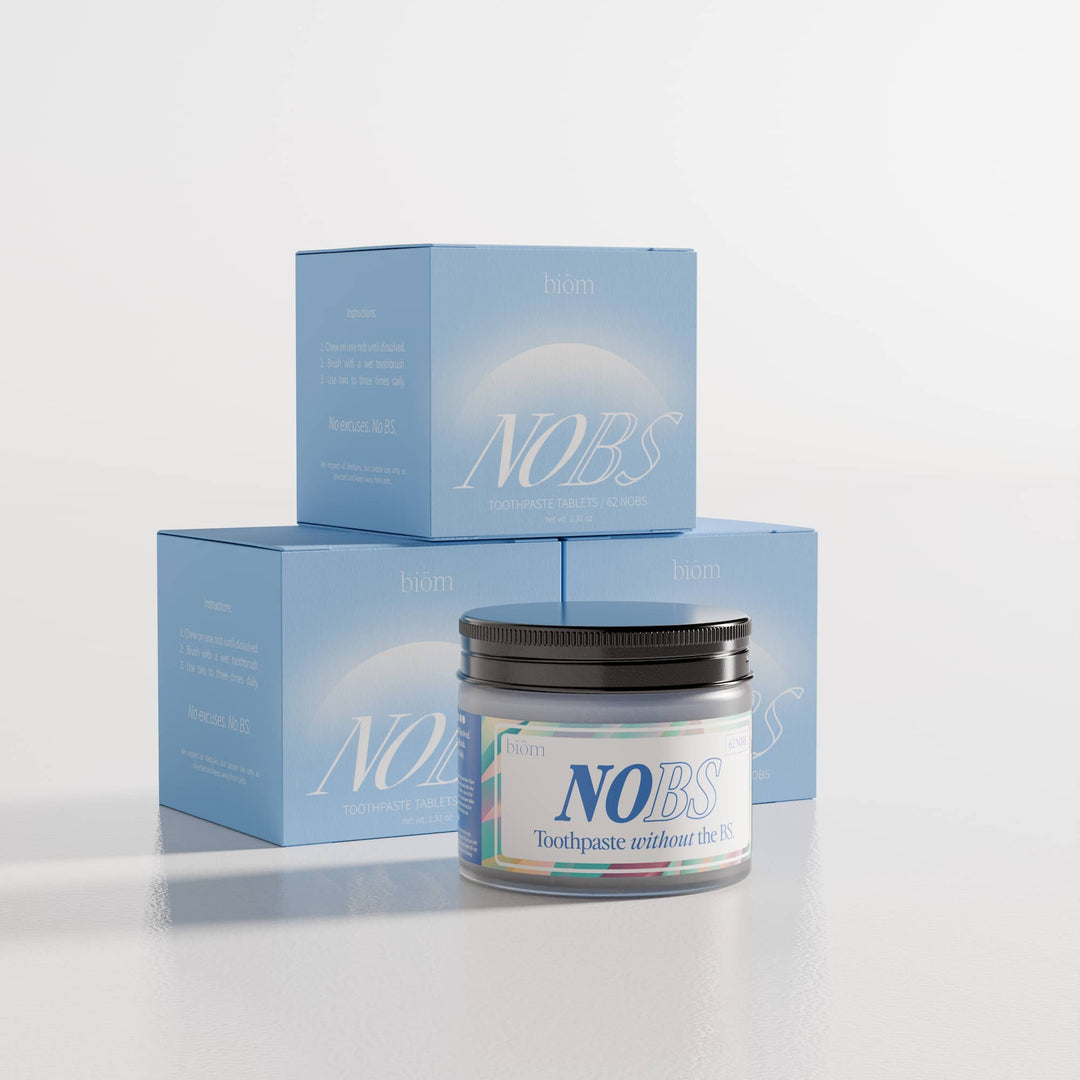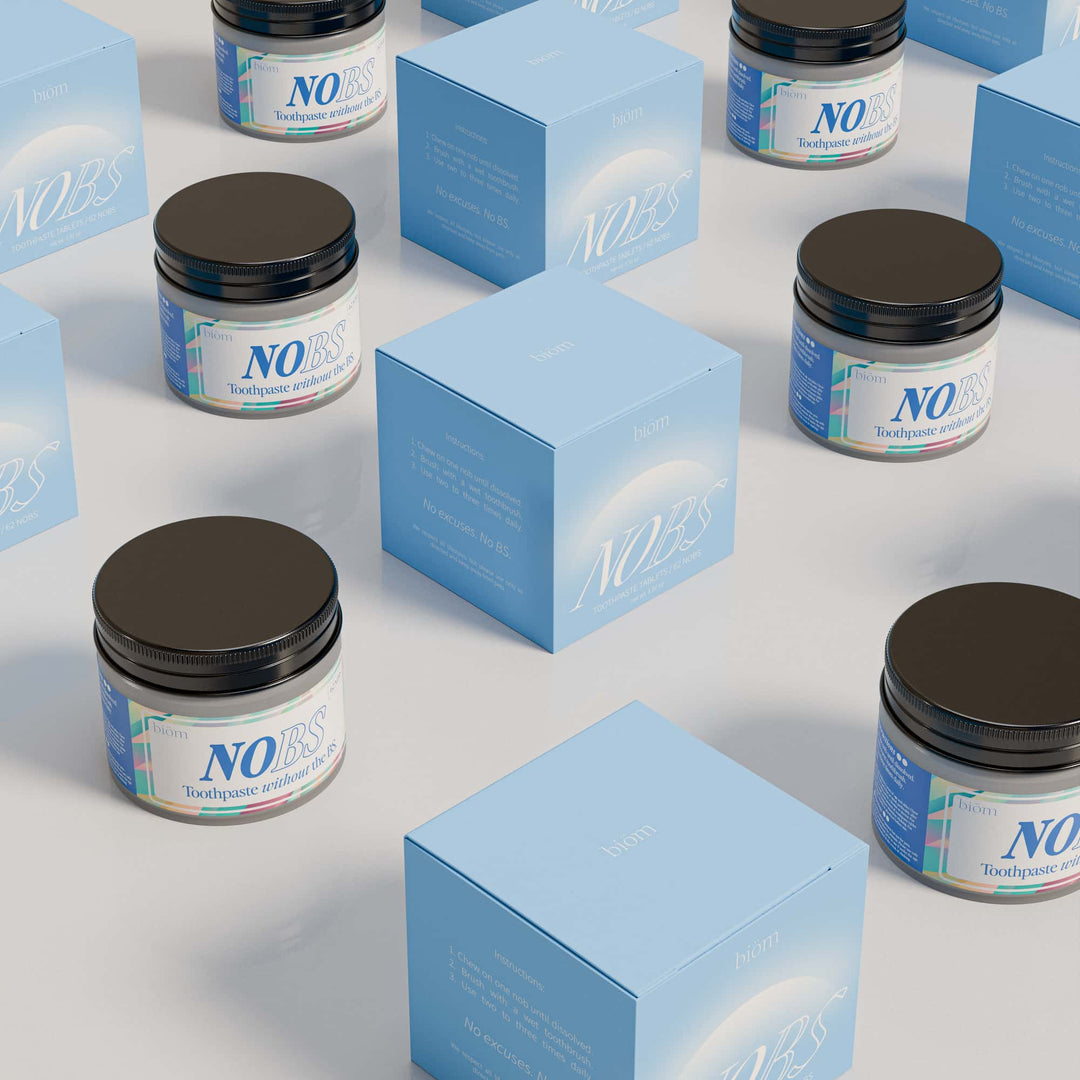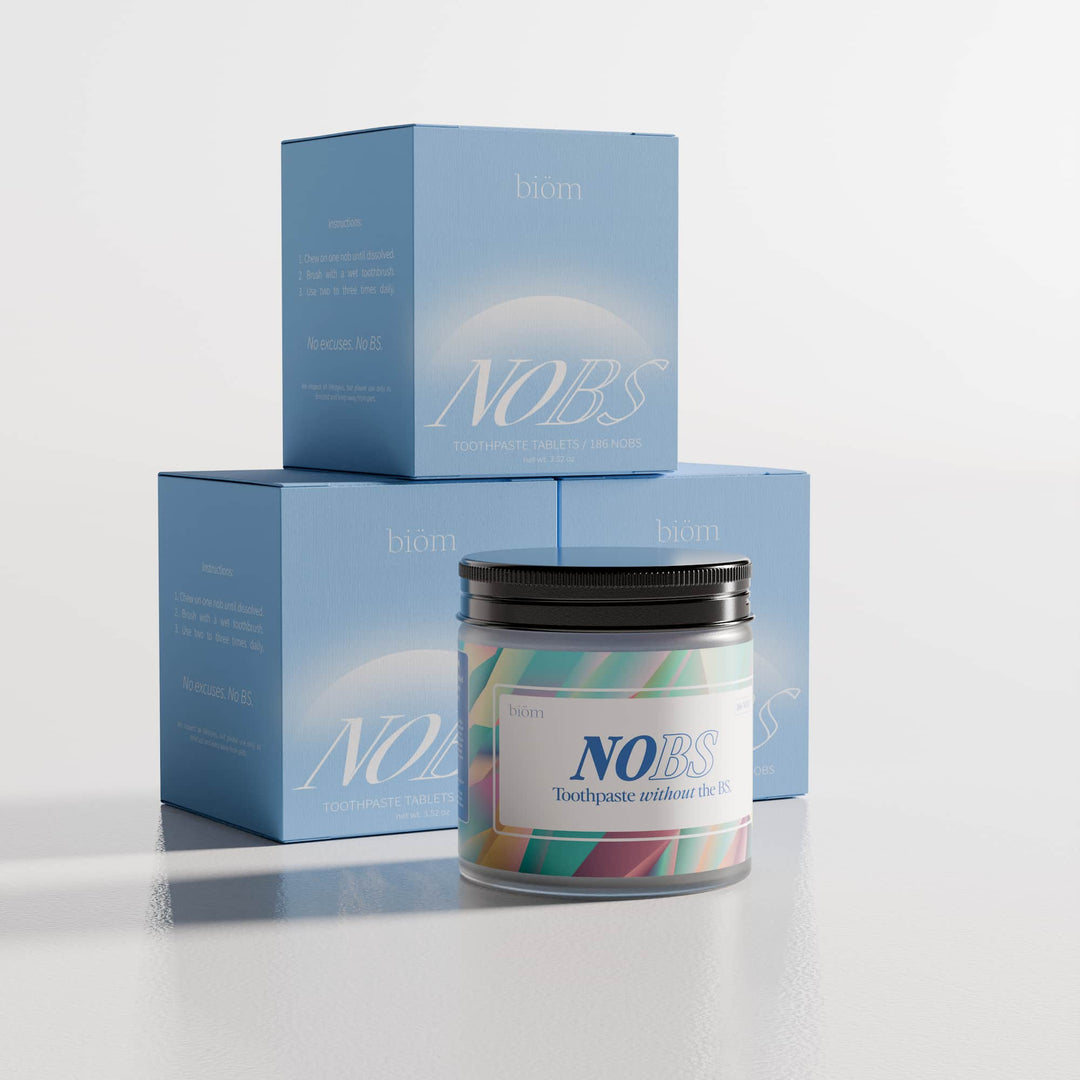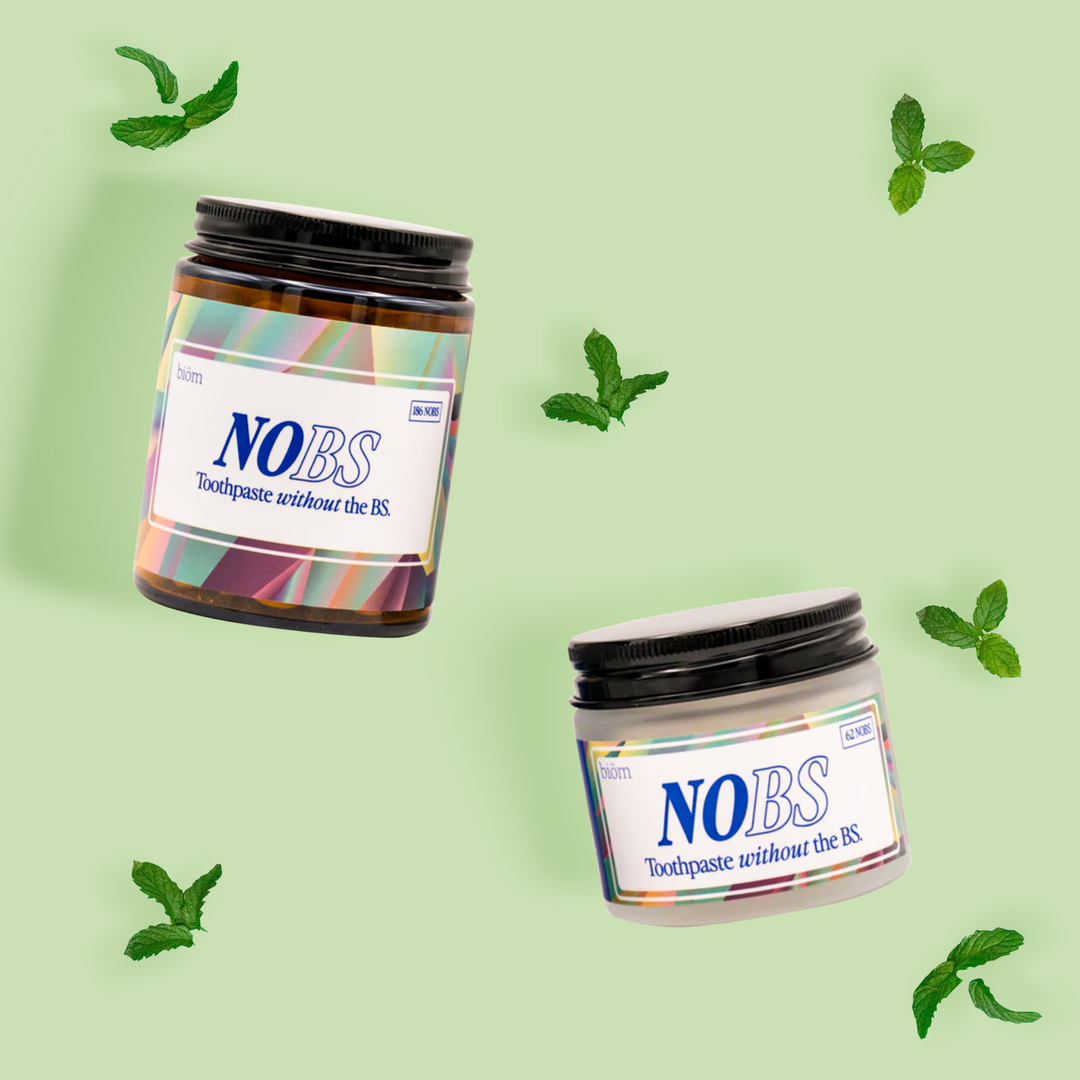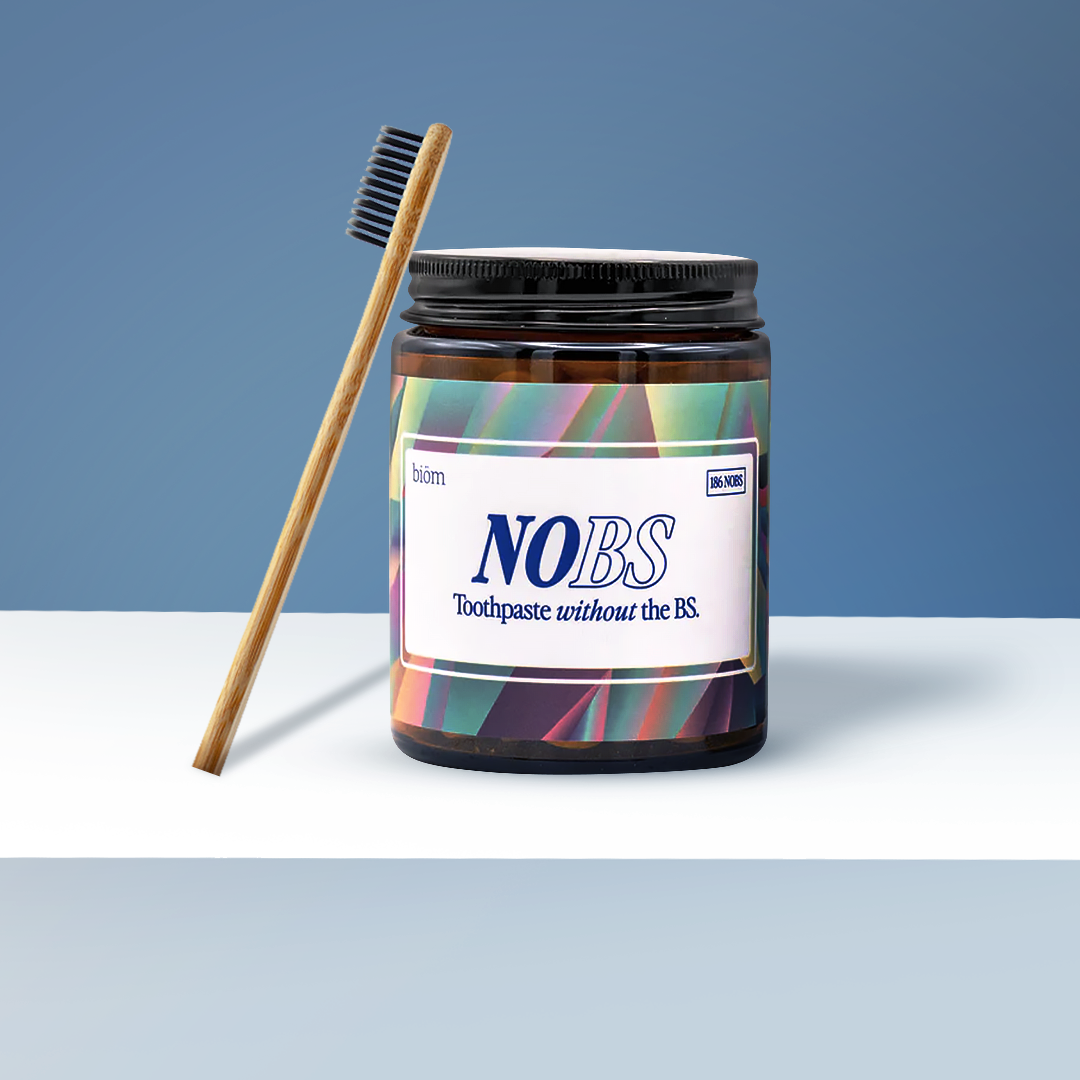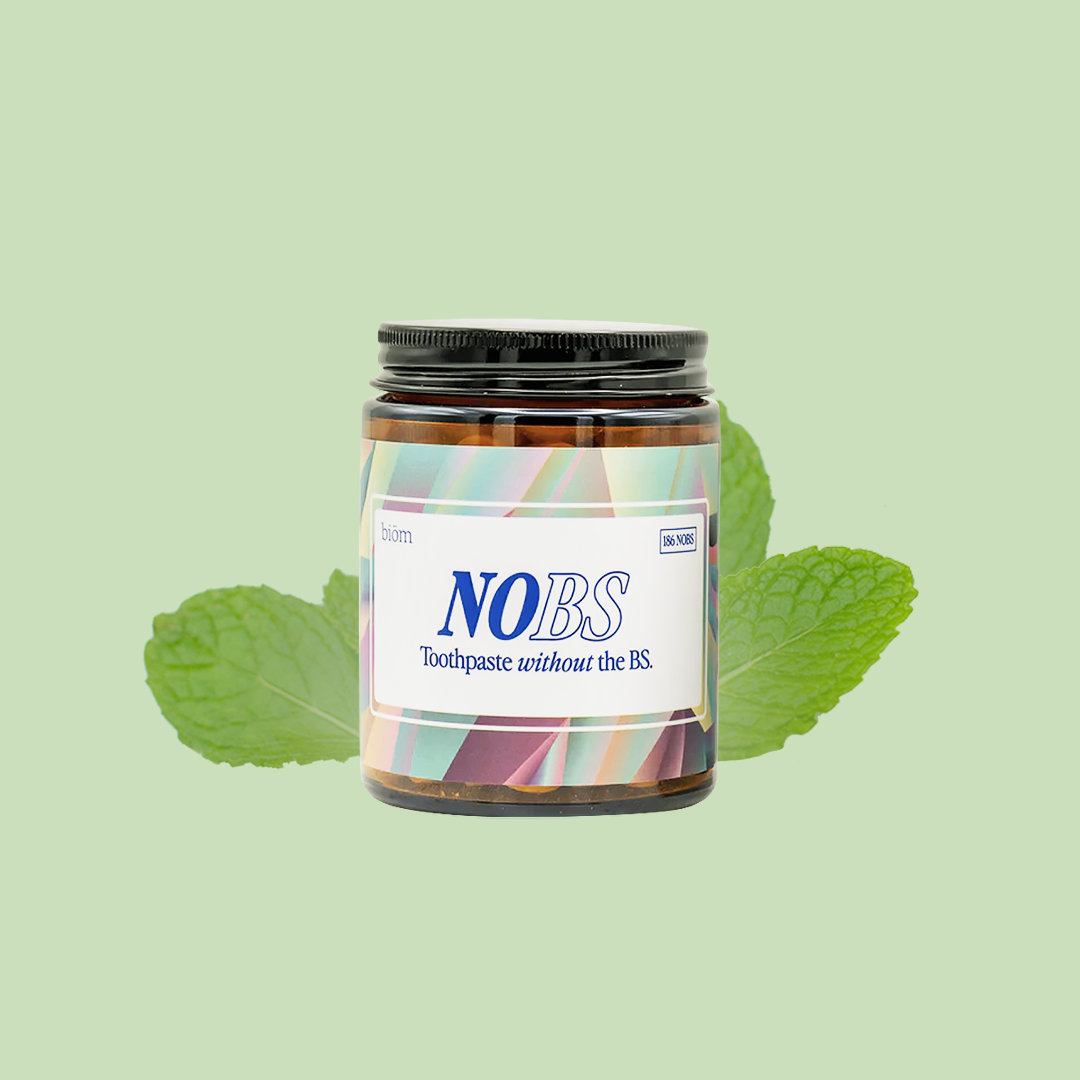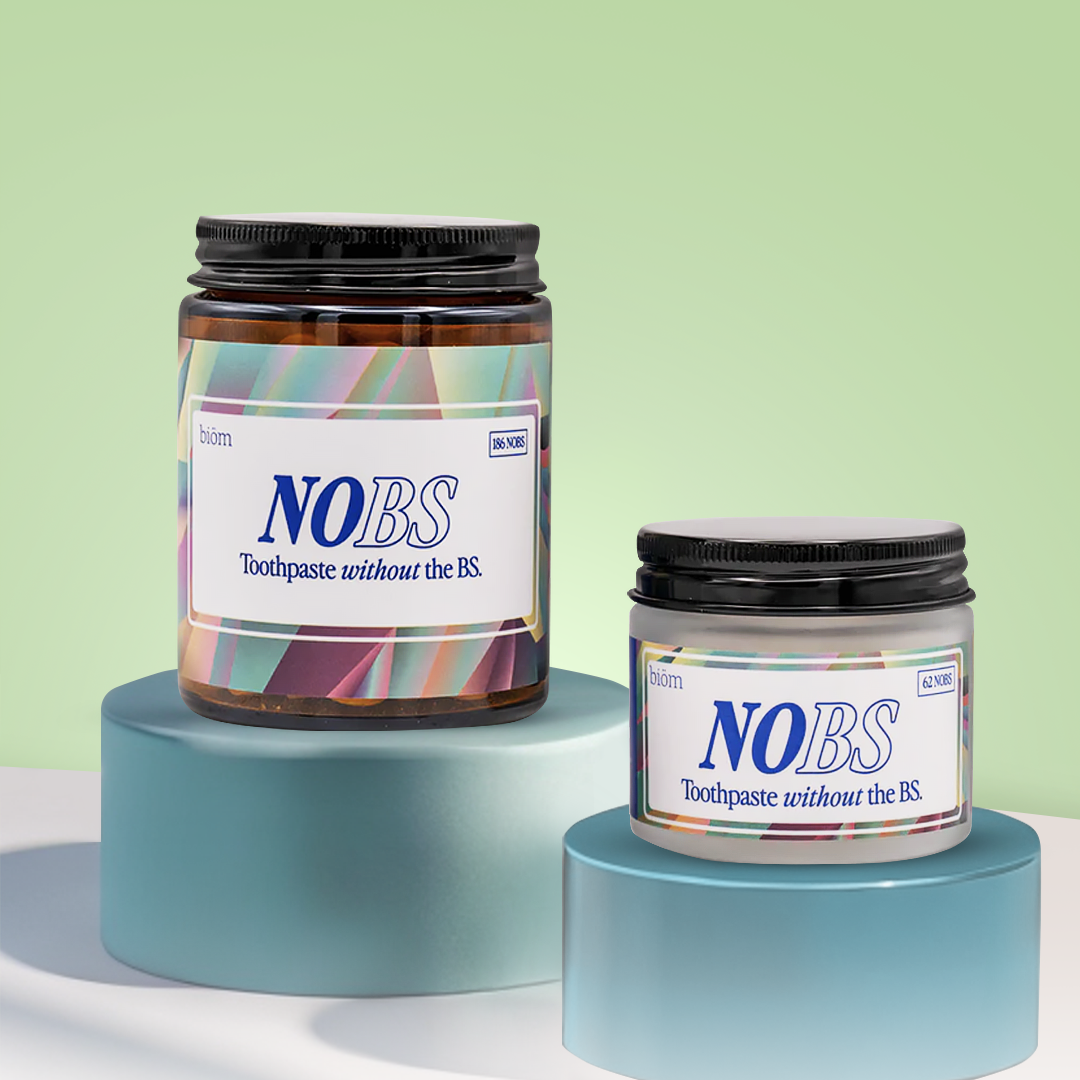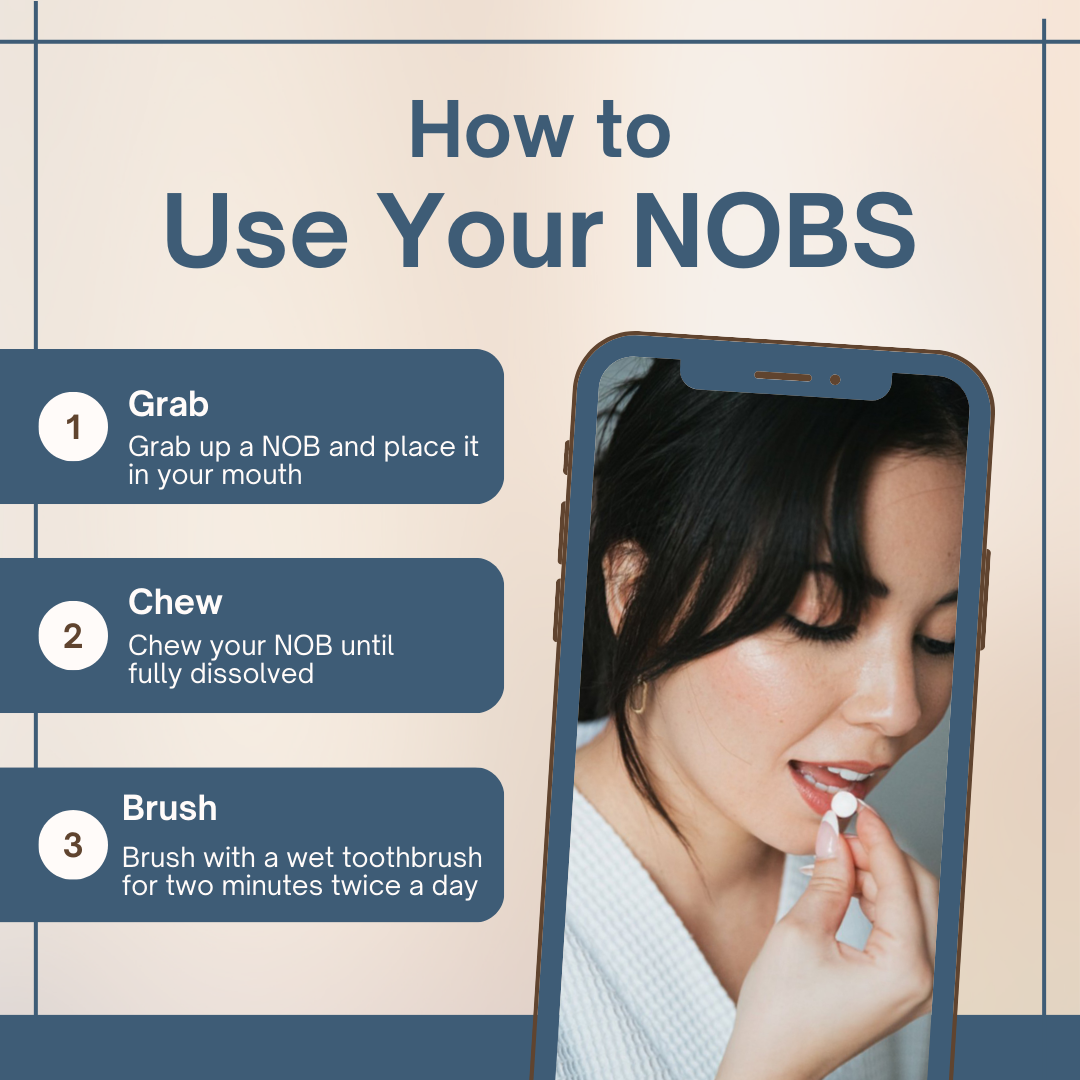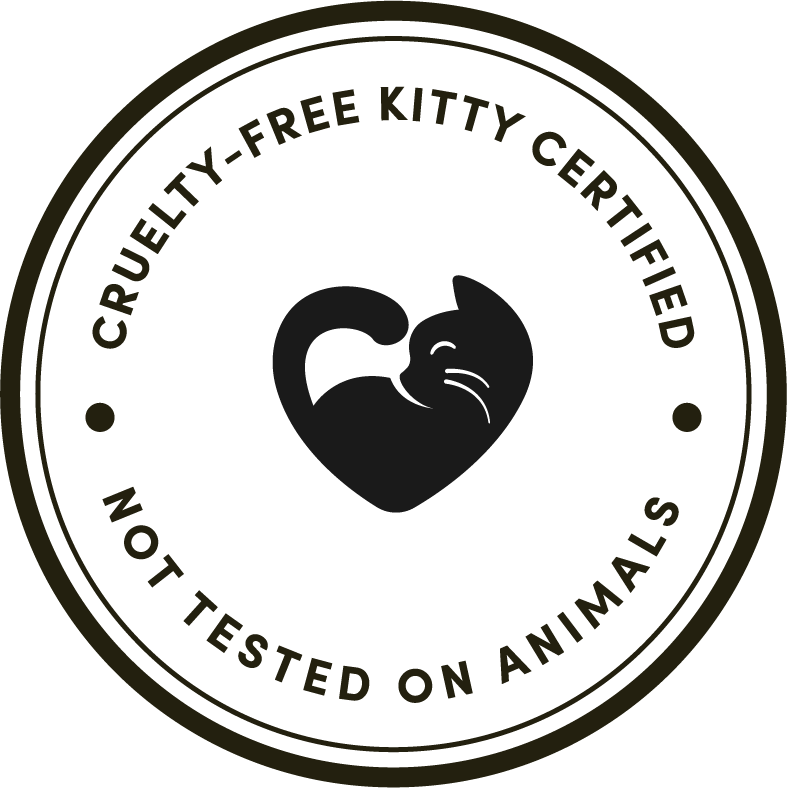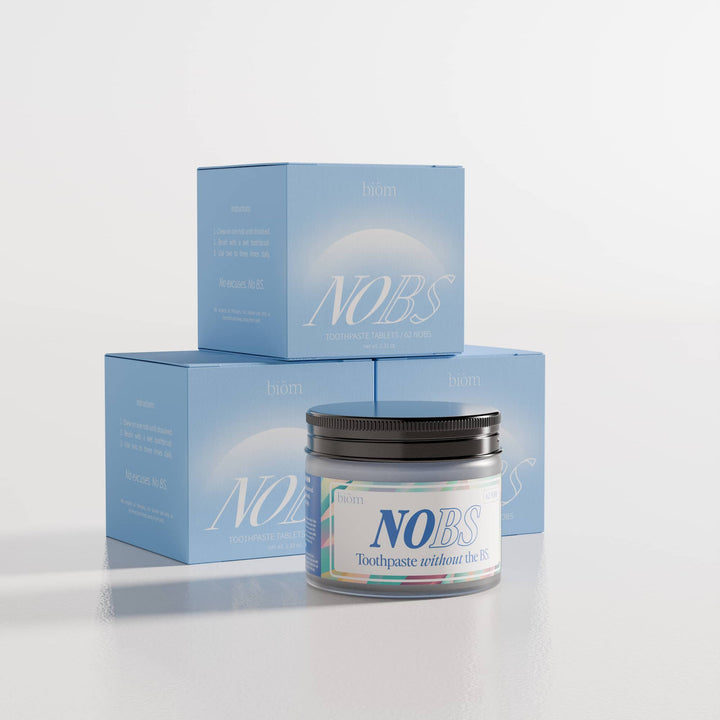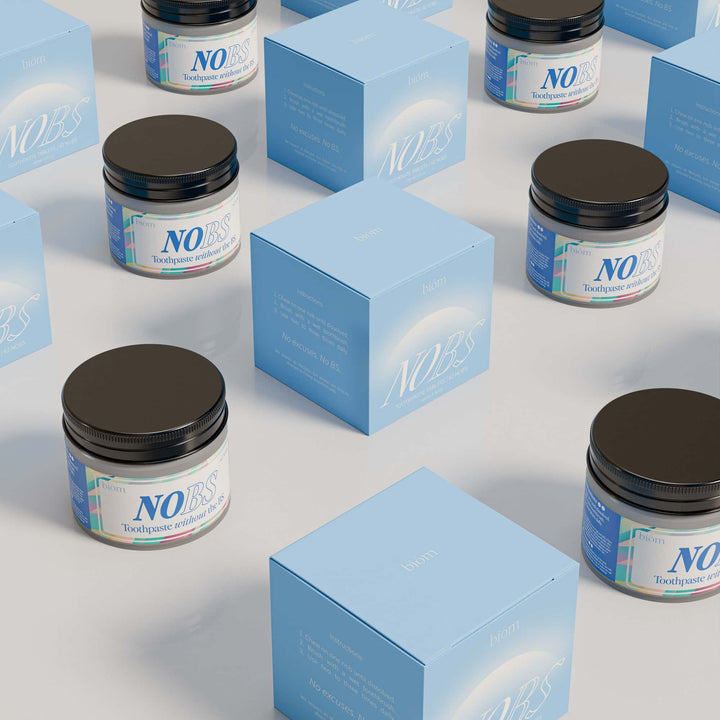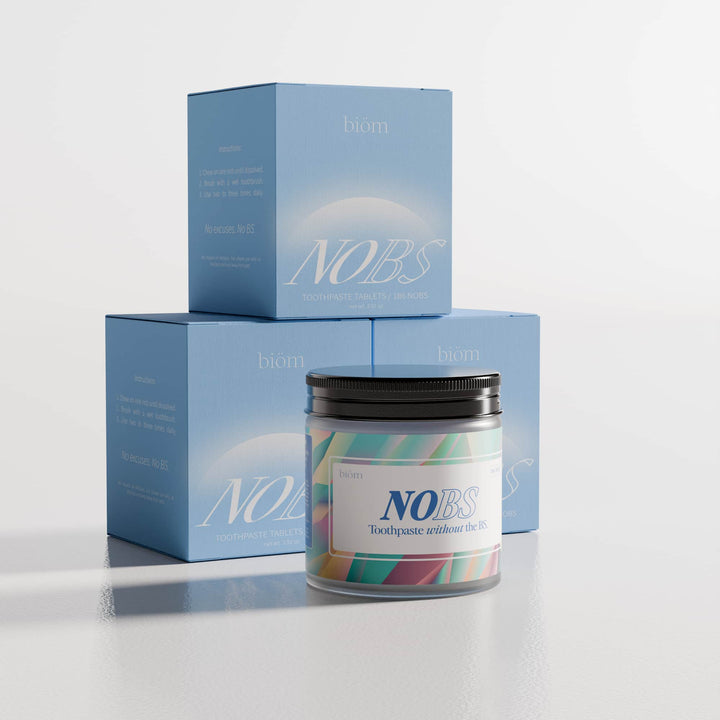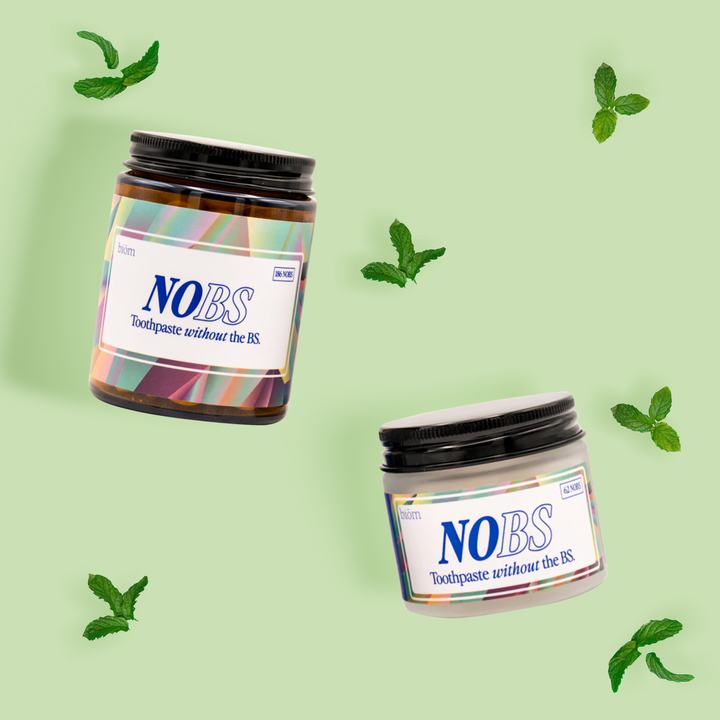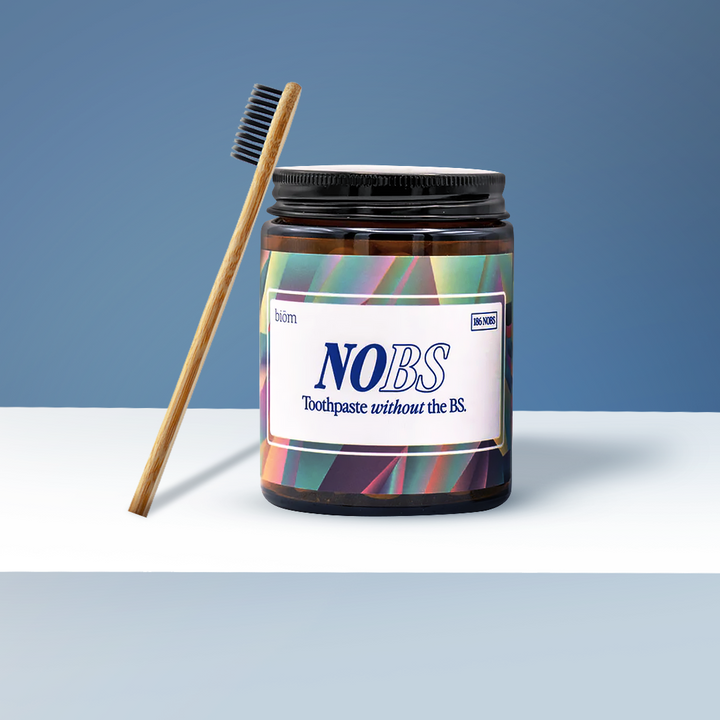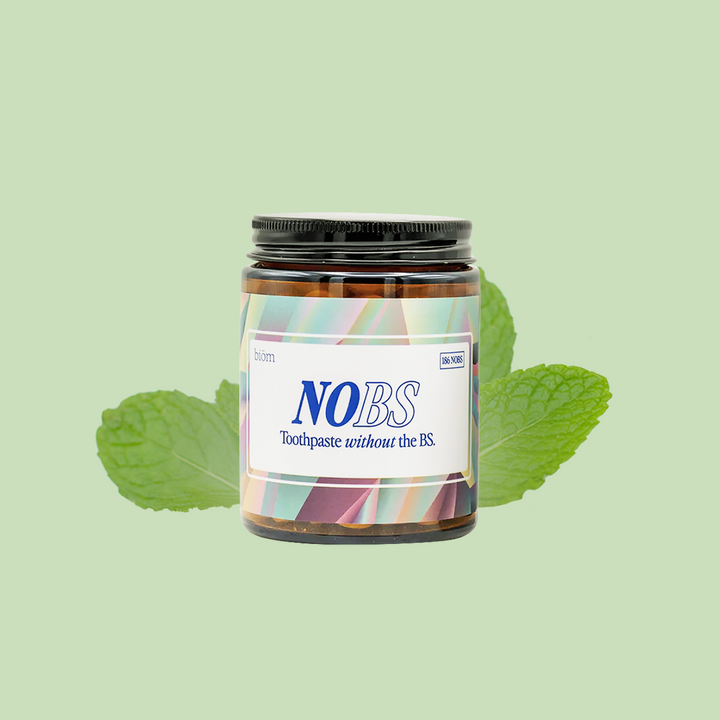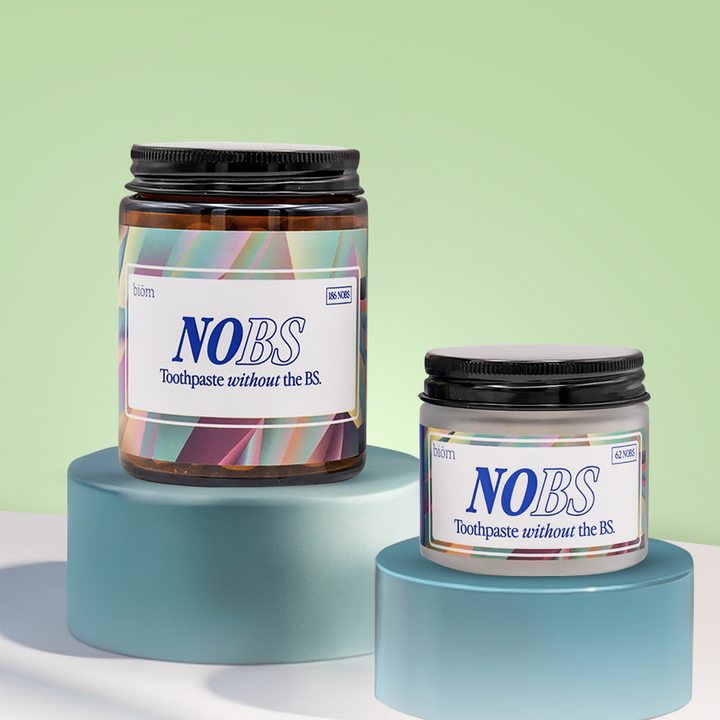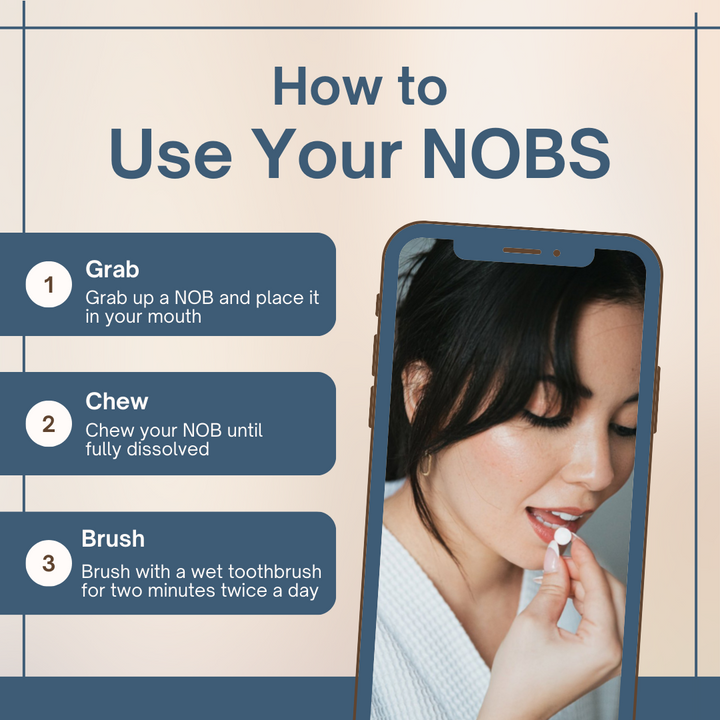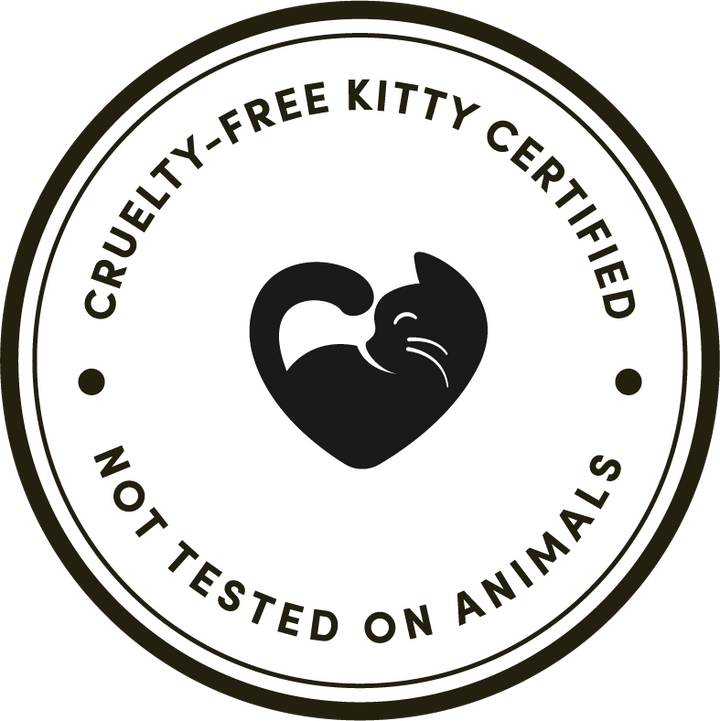Can You Do Oil Pulling with Crowns and Fillings?
Yes, you can do oil pulling with crowns and fillings.
Oil pulling is a gentle oral hygiene practice that involves swishing oil around in your mouth to help remove bacteria and improve oral health. While some may worry about the impact on dental work like crowns and fillings, oil pulling is generally considered safe for individuals with these types of dental restorations.
However, it's important that you perform oil pulling gently to avoid putting excessive pressure on the dental work, which could potentially dislodge it. If you have any concerns or questions about oil pulling with crowns or fillings, it's always a good idea to consult with your dentist for personalized advice and guidance.
Additionally, oil pulling may offer benefits such as:
-
reducing plaque buildup
-
freshening breath
-
and promoting gum health.
Choosing the right oil, such as extra virgin coconut oil, tea tree oil, olive oil or sesame oil, can further enhance your experience.
In this article, I'll explain everything you need to know about this Ayurvedic medicine ritual and how to practice oil pulling safely with crowns and fillings.
What is oil pulling?

Oil pulling is a traditional Ayurvedic practice for improving oral hygiene and for spiritual benefits.
It involves swishing oil in your mouth for about 20 minutes to remove bacteria and dislodge buildup between your teeth. Back then, this process was used to treat bad breath and gum disease and, while less common now, continues to be practiced today for similar benefits.
While oil pulling was originally conducted with sesame and sunflower oil, virgin coconut oil is more common now. Any oil, including sunflower oil or olive oil, can be used for oil-pulling therapy, but coconut oil has been popularized due to its high lauric acid content and pleasant taste.
Just remember, to maximize the oral health benefits of oil pulling, we recommend brushing with toothpaste tablets, flossing with expandable floss, and using a tongue scraper daily.
How does oil pulling work?

Oil pulling works by dislodging harmful bacteria from between your teeth before it has a chance to organize into plaque.
Essentially, the oil helps emulsify the bacteria and debris in your mouth, allowing it to be spit out after ~20 minutes. Clinical and diagnostic research suggests that this practice supports a healthy oral microbiome.
That being said, it takes about 20 minutes for oil pulling to have a significant impact on your oral hygiene. Therefore, it is one of the more labor-intensive oral health practices and may not fit into your daily overall health routine.
Can you do oil pulling with crowns?

Yes, you can safely practice oil pulling even if you have crowns.
However, when it comes to teeth whitening, whitening strips are not recommended for use with crowns.
While you may be concerned about the impact of oil pulling on dental work like crowns, don't worry - dentists generally consider it a safe practice.
However, it's important to perform oil pulling gently to avoid putting excessive pressure on the crowns, which could potentially dislodge them.
If you have any specific concerns or questions about oil pulling with crowns, we recommend consulting with your dentist for personalized advice and guidance tailored to your dental situation.
Can you do oil pulling with fillings?

Yes, you can safely practice oil pulling if you have fillings. Having fillings should not prevent you from performing oil pulling, as the process primarily targets the bacteria in your mouth and does not directly impact dental fillings.
However, it's essential to perform oil pulling gently to avoid putting excessive pressure on the fillings, which could potentially dislodge them.
Similar to doing oil pulling with crowns, if you have any concerns or questions about oil pulling with fillings, it's best to consult with your dentist for personalized advice and guidance based on your specific dental needs and circumstances.
Can pregnant women do oil pulling?
Yes, pregnant women can safely practice oil pulling as part of their oral hygiene routine. Oil pulling is a natural and non-invasive practice that is generally considered safe during pregnancy. However, it's essential to choose an oil that is safe for ingestion, such as doing coconut oil pulling, and to perform oil pulling gently to avoid any discomfort.
As always during pregnancy, it's essential to consult with your healthcare provider before starting any new health regimen, including oil pulling.
Can kids do oil pulling?
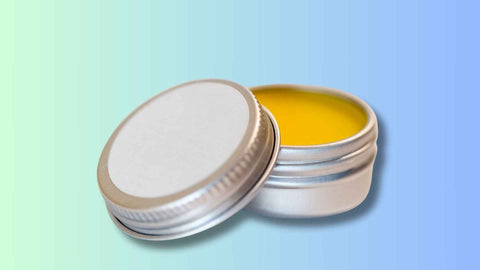
Oil pulling is generally considered safe for children, but it may not be suitable for very young children who may not understand the process or be able to swish the oil properly.
Because younger children may not have the motor skills to safely swish and spit, this practice is typically better for older children who can follow instructions and perform the swishing motion effectively without swallowing the oil.
As with any oral hygiene practice, parents should supervise their children to ensure their safety. You'll also want to choose a kid-friendly oil, like coconut oil due to its pleasant taste, and start with a small amount. You can also start with a shorter duration, like 1-5 minutes of pulling, and gradually increase the timeline as your child becomes more comfortable with the process.
Please note that oil pulling is not sufficient for maintaining your child's oral health. To ensure they develop strong and healthy teeth, teach them to safely brush with kids hydroxyapatite toothpaste as well.
Oil Pulling Benefits

Proponents of oil pulling suggest that it has benefits that include:
-
Reducing oral bacteria associated with cavities and gingivitis
-
Removing plaque buildup along the gumline
-
Whitening teeth
-
Eliminating bad breath
-
Preventing periodontal disease progression
-
Lowering risk of tooth decay
These potential benefits largely come from oil pulling’s presumed ability to reduce bacterial load in your mouth.
However, there is no academic consensus on the benefits of oil pulling due to the lack of clinical research.
Bacteria
There is some evidence that oil pulling may reduce the number of bacterial colonies living in your mouth.
However, this is a newly evolving field of research and more evidence is required to fully understand the impact.
Bad Breath

One of the key benefits is that oil pulling removes bacteria. By reducing the number of bacterial colonies in your mouth, oil pulling may have some impact to reduce the incidence of halitosis.
Plaque Buildup
Oil pulling is an effective treatment against plaque. In fact, one study found that "both coconut oil and sesame oil can be used for oil-pulling therapy with the aim of plaque regrowth inhibition".
Interestingly, this study also found that this same mechanism had a positive impact on tooth staining as well.
Gingivitis and Inflammation
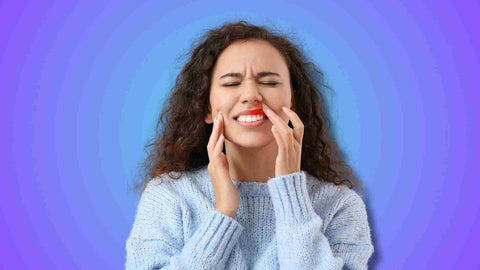
Preliminary evidence shows that oil pulling may help fight gingivitis by reducing your plaque index. However, it is unclear how significant these results are and whether they can be replicated.
Side Effects of Oil Pulling
Oil pulling is generally considered safe although it may lead to some side effects in certain individuals.
These side effects can include nausea, upset stomach, or an unpleasant taste in the mouth, especially if you do not spit out the oil properly after swishing. Some people may also experience jaw fatigue or soreness from the prolonged swishing motion required when they practice oil pulling.
Additionally, there have been rare reports of lipoid pneumonia, a condition caused by inhaling small amounts of oil into the lungs, although this risk is extremely low when oil pulling is done correctly.
Let's walk through some of the oil pulling side effects in greater detail.
Nausea
Swallowing oil during oil pulling can lead to feelings of nausea, particularly if you accidentally ingest a significant amount. This sensation may occur due to the texture or taste of the oil or just from your stomach's reaction to the oil.
To prevent any discomfort, it's crucial to spit out the oil thoroughly after swishing. Further, you can start by swishing with a small amount of oil before gradually progressing to a larger amount of oil and a longer duration of oil pulling. Finally, you can choose to start with a lighter oil that has a milder taste like sunflower oil.
Upset Stomach

Along with nausea, ingesting oil during oil pulling may cause an upset stomach for some people. This discomfort can manifest as abdominal pain, bloating, or indigestion.
To prevent this from happening, make sure that you fully spit out all of the oil after oil pulling and do your best to avoid swallowing it. You can also rinse your mouth out thoroughly with water after oil pulling to remove any residual oil that may otherwise cause stomach discomfort.
Jaw Fatigue or Soreness
Unfortunately, the repetitive swishing motion required during oil pulling can lead to jaw fatigue or soreness, especially if you perform it for an extended period. This discomfort may arise from overuse of the jaw muscles and typically resolves with rest.
Taking breaks or reducing the duration of oil pulling sessions can help alleviate this issue. Additionally, you can try gently massaging the jaw muscles before and after oil pulling to help prevent fatigue and soreness.
Lipoid Pneumonia
In rare cases, inhaling small amounts of oil into the lungs during oil pulling may lead to lipoid pneumonia, a type of pneumonia caused by lipid or oil aspiration., a type of pneumonia caused by lipid or oil aspiration. While the risk is minimal when oil pulling is performed correctly, it's essential to be cautious and avoid inhaling the oil.
To minimize the risk of lipoid pneumonia, you should ensure you're using the proper technique for oil pulling, which involves swishing the oil around your mouth and then spitting it out, rather than inhaling or swallowing it.
Allergic Reactions
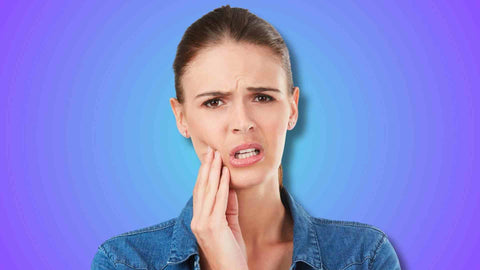
Individuals with allergies to certain oils, such as coconut or sesame oil commonly used for oil pulling, may experience allergic reactions. Symptoms can include itching, rash, or swelling of the mouth or throat. If this sounds like you, make sure to choose an oil that you tolerate well and discontinue use if any allergic symptoms occur.
How to Do Oil Pulling
Whether oil pulling in the morning or not, it can be a tricky practice for beginners. For how to oil pull effectively, try following some of these tried-and-true tricks to improve your experience with it:
Oil Pulling on an Empty Stomach
According to Ayurvedic tradition, it's best to perform oil pulling first thing in the morning on an empty stomach. This allows the oil to interact with the oral bacteria effectively without interference from food particles.
Start Slow and Gradually Increase Duration
If you're new to oil pulling, start with just 5 minutes and gradually work your way up to 15-20 minutes. This allows your mouth to get accustomed to the sensation and helps prevent discomfort or jaw fatigue.
Spit out the Oil

After swishing the oil around in your mouth, spit it out into a trash can or tissue. Avoid spitting it into the sink to prevent clogging due to the oil solidifying at lower temperatures.
Consistency Is Key
For optimal results, aim to perform oil pulling daily. Consistency is important to experience the full benefits, such as improved oral hygiene and fresher breath.
Combine With Regular Oral Care Routine

Since oil pulling does not remineralize teeth, it shouldn't be the only tool in your kit. Oil pulling should complement, not replace, your regular oral hygiene routine. Make sure that you're still brushing your teeth with toothpaste tablets twice a day, tongue scraping, and regularly using alkaline mouthwash to maintain your oral health.
Can I eat after oil pulling?
Yes, you can eat after oil pulling. After completing the oil pulling process, we recommend spitting out the oil and then rinsing your mouth thoroughly with water to remove any remaining oil residue. Once you've rinsed your mouth, you can eat as you normally would.
According to Ayurvedic tradition, oil pulling is typically done in the morning on an empty stomach, so many people choose to follow it up with breakfast. However, there are no strict rules about when you can eat after oil pulling, so you can eat whenever you feel ready.
Just be sure to rinse your mouth thoroughly to remove any residual oil before eating to avoid any unwanted taste or texture.
Can I drink after oil pulling?
Yes, you can drink after oil pulling. After completing the oil pulling process and spitting out the oil, we recommend rinsing your mouth thoroughly with water to remove any remaining oil residue.
Once you've rinsed your mouth, you can drink water as usual. In fact, staying hydrated is essential for maintaining oral health and overall wellbeing!
How often should I oil pull?

According to Ayurvedic tradition, you should oil pull daily in the morning before breakfast. However, there is no concrete scientific evidence to inform how important the exact timing and frequency of oil pulling is.
Therefore, the frequency of oil pulling can vary depending on individual preferences and oral health needs. Some individuals may choose to oil pull daily, while others may prefer to do it less frequently.
It's essential to listen to your body and adjust the frequency based on how your mouth feels and responds to oil pulling. Starting with a few times per week and gradually increasing the frequency if desired is a good approach.
Additionally, consistency is key, so establishing a regular oil pulling routine and sticking to it can help maximize the potential benefits for your oral health.
Should I use mouthwash instead of oil pulling?

Yes, you should choose mouthwash instead of oil pulling if you're looking for a convenient, quick, and effective method to freshen your breath.
In comparing mouthwash vs oil pulling, they can both be beneficial for oral health, but they serve slightly different purposes. People typically use mouthwash to freshen breath, kill bacteria, and reach areas of the mouth that may be difficult to clean with brushing and flossing alone.
It often contains antibacterial ingredients like chlorhexidine or essential oils to help reduce plaque and gingivitis, but herbal mouthwashes use gentle, natural ingredients to nurture your oral microbiome and fight bad breath.
Conversely, oil pulling is a longer process that involves swishing oil for about twenty minutes in your mouth to bind and remove toxins. It is believed to have antimicrobial properties and may also promote gum health and whiten teeth.
While oil pulling can be a natural alternative to mouthwash and may provide additional benefits, it may not be as effective for freshening breath or targeting specific oral health issues. Ultimately, whether you choose to use mouthwash or incorporate oil pulling into your routine depends on your personal preferences and oral health goals.
Will oil pulling damage composite dental materials?

No, dentists generally consider oil pulling safe for people with composite dental materials, like crowns and fillings. However, there is limited scientific research on the effects of oil pulling specifically on dental restorations.
The good news is that composite materials are typically resilient and resistant to most oral substances, including oils used in oil pulling. That said, it's always a good idea to consult with your dentist before starting any new oral hygiene practice, especially if you have dental restorations.
When to do oil pulling?
Oil pulling is best done first thing in the morning, before eating or drinking anything. This allows the oil to work on the bacteria and toxins that accumulate in your mouth overnight.
Doing oil pulling on an empty stomach enhances its effectiveness in removing harmful substances. If morning oil pulling is not possible, it can also be done before brushing your teeth at any time of the day.
Oil pulling for 15-20 minutes is optimal for maximum benefits, but shorter sessions can still be helpful. Avoid swallowing the oil after pulling, as it contains the toxins and bacteria removed from the mouth.
Lastly, ensure you rinse your mouth with water after oil pulling to remove any remaining oil and toxins.
Is coconut oil pulling safe for your teeth?
Yes, coconut oil pulling is generally safe for your teeth when done correctly. Its antimicrobial properties can help reduce harmful bacteria like Streptococcus mutans, improve gum health by reducing inflammation, freshen breath, and may even whiten teeth by removing surface stains, though this effect is not scientifically proven.
However, oil pulling can cause side effects like nausea, upset stomach, jaw fatigue, or soreness if done improperly. Rarely, inhaling oil may lead to lipoid pneumonia, and allergic reactions to oils like coconut or sesame can occur.
For a safer natural alternative, alcohol-free mouthwash offers similar benefits without these risks. It effectively reduces bacteria and freshens breath while complementing, not replacing, essential practices like brushing, flossing, and regular dental visits. Always consult your dentist before adding new oral care practices.
Frequently Asked Questions
Can you do oil pulling if you have fillings?
Yes, you can generally do oil pulling if you have fillings. Oil pulling is a gentle practice that typically does not interfere with dental work like fillings. However, it's essential to be cautious if you have loose fillings or dental crowns, as the swishing motion could potentially dislodge them. To have no worry, it's better to use alcohol-free mouthwash, which can provide more benefits for your oral health without any potential risks. If you have concerns or specific dental conditions, it's best to consult with your dentist before starting oil pulling.
Is oil pulling OK with a crown?
Oil pulling is generally considered safe if you have a crown. However, it's essential to be cautious and gentle when swishing the oil around your mouth to avoid putting excessive pressure on the crown. To have no worry, it's better to use alcohol-free mouthwash, which can provide more benefits for your oral health without risking damage to dental work like crowns. If you're uncertain, consult with your dentist for personalized advice on oral hygiene practices.
Why don't dentists recommend oil pulling?
Dentists generally do not recommend oil pulling because there is limited scientific evidence to support its effectiveness for improving oral health. While some proponents claim benefits such as reducing harmful bacteria and improving gum health, these claims are not well-supported by research. Additionally, oil pulling is not a substitute for regular oral hygiene practices such as brushing and flossing, which are essential for maintaining good oral health. It's important to consult with your dentist for personalized advice on oral care practices.
Can I do oil pulling if I have root canal?
Yes, you can generally do oil pulling if you have had a root canal. Oil pulling is a gentle practice that typically does not interfere with dental work like root canals. However, there is a lack of evidence to support its benefits for oral health. Therefore, it's best to use alkaline mouthwash, as it is safe to use and offers numerous advantages for your oral health without any potential risks associated to it's use. If uncertain, consult your dentist for personalized advice.
Does oil pulling affect dental work?
Oil pulling typically does not affect dental work. It's a gentle practice that usually doesn't interfere with fillings, crowns, or other dental procedures. However, there is a lack of evidence to support its benefits for oral health. Therefore, it's best to use alkaline mouthwash, as it is safe to use and offers numerous advantages for your oral health without any potential risks associated to it's use. If uncertain, consult your dentist for personalized advice.
Who should not do oil pulling?
Oil pulling, a traditional oral hygiene practice, may not be suitable for everyone. Individuals with specific dental conditions or sensitivities should consider avoiding it. Pregnant women should also abstain from oil pulling due to limited research on its safety during pregnancy. Similarly, children, especially young ones, should refrain from this practice to avoid the risk of accidental ingestion or choking. It's advisable for pregnant women and parents of young children to consult healthcare professionals before incorporating oil pulling into their oral hygiene routine.
What do dentists say about oil pulling?
While some dentists recognize the potential benefits of oil pulling for oral health, including plaque reduction and gum health improvement through the removal of bacteria and debris, the American Dental Association remains cautious. With insufficient evidence to support its efficacy, the ADA advises against replacing traditional oral care practices like flossing and teeth brushing with oil pulling. Therefore, it's advisable to incorporate oil pulling as a supplementary method alongside established oral hygiene routines.
Does oil pulling help with cavities?
No, oil pulling does not fix cavities. Although tooth decay can be halted or even reversed through remineralization with nano hydroxyapatite toothpaste, true cavities cannot be remineralized and require professional treatment. While some may claim that cavities can be remineralized, these are likely only early stages of decay, not true cavities. Ultimately, the decision to address a cavity with a filling varies among dentists.
What are the cons of oil pulling for teeth?
While oil pulling may offer potential benefits like reducing plaque and improving gum health, there are drawbacks to consider. These include the lack of scientific evidence supporting its efficacy, the necessity of maintaining traditional oral care practices like brushing and flossing, the time commitment involved in oil pulling, potential discomfort, and the risk of accidental inhalation, particularly for young children or those with difficulty controlling mouth movements. Thus, it's crucial to view oil pulling as a supplementary practice alongside established oral hygiene routines and to consult with a dentist for personalized advice.
Can oil pulling damage my crowns, implants, fillings, or dentures?
Oil pulling is generally safe for crowns, implants, fillings, and dentures and doesn’t damage dental work. It involves swishing oil in the mouth, which can help reduce bacteria and improve oral hygiene without harming these materials. However, if you have specific concerns or recent dental work, it’s best to consult your dentist before adding oil pulling to your routine.
Should I do oil pulling?
Oil pulling can be a beneficial addition to your oral care routine. It may help reduce bacteria, improve gum health, and freshen breath by swishing oil (like coconut or sesame oil) in your mouth for 10–20 minutes. While it doesn’t replace brushing and flossing, many find it a natural way to enhance oral hygiene. If you’re interested, start with a few minutes daily and consult your dentist, especially if you have dental work or specific oral health concerns.
Can I do oil pulling with cavities?
Yes, you can do oil pulling if you have cavities, and some people find it beneficial for managing bacteria levels in the mouth. While oil pulling may help reduce bacteria, it won’t heal or repair cavities. It’s still essential to follow your regular oral care routine, including brushing, flossing, and seeing a dentist for proper cavity treatment. If you’re considering oil pulling, ask your dentist for advice to ensure it complements your overall oral health needs.
Why should you oil pull on an empty stomach?
Oil pulling on an empty stomach is most effective because it allows the oil to absorb and remove toxins and bacteria that accumulate overnight. Doing it before eating or drinking helps cleanse the mouth more thoroughly. This practice also enhances the oil's ability to draw out harmful substances without interference from food or beverages.
Is it OK to do oil pulling everyday?
Yes, it is generally safe to do oil pulling every day. Daily oil pulling can help improve oral hygiene by reducing bacteria, bad breath, and plaque buildup. However, it's important not to overdo it, and 15-20 minutes of oil pulling per day is usually sufficient for optimal results.
Can gum pull out a filling?
Chewing sticky or hard gum can sometimes dislodge a loose filling, especially if the filling is already weakened or damaged. To avoid this, opt for sugar-free gum and check with your dentist if you notice any sensitivity. Regular dental visits ensure fillings remain secure.
What damages tooth fillings?
Tooth fillings can be damaged by chewing hard foods, grinding teeth, or exposure to acidic beverages that weaken their structure. Poor oral hygiene may also lead to decay around the filling, causing it to fail. Regular dental checkups help identify and prevent filling damage early.
Can I oil pulling even if I have fillings?
Yes, you can do oil pulling even with fillings, as it does not harm or dislodge them when done gently. Oil pulling may reduce bacteria and improve oral health without affecting dental work. However, consult your dentist if you have concerns about specific fillings.


